9830 A GOOD CARVED MAHOGANY REGENCY ARMCHAIR PROBABLY FROM THE YARBOROUGH SUITE English. Circa 1810. Measurements: (Approximate) Height: 31 1/2″ (79 cm) Width: 23″ (58.5 cm) Depth: 25 1/4″ (64 cm)
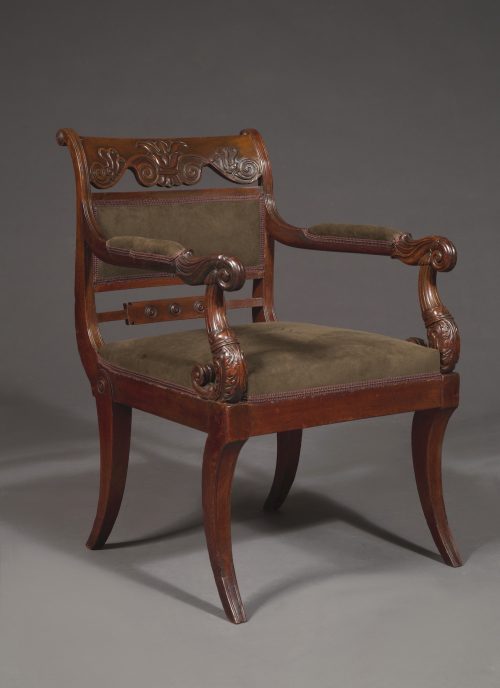
Research
Of mahogany. The carved shaped top rail above a central upholstered panel below which is a stretcher centered by an intended ‘Roman plaque’ set with three panels. The upholstered armrests are raised on carved shaped supports. The upholstered seat above a plain frieze is raised on four cabriole legs, the rear legs headed by roundels.
Provenance:
Probably Lord Yarborough, Brocklesby Hall, Lincolnshire.
Illustrated:
A chair from the suite with identical features, although of large library form, is illustrated in Regency Furniture 1795-1820 by M. Jourdain; London: Country Life Ltd. 1934. Plate 41.
The present chair probably belonged to a suite of chairs belonging to Charles Anderson-Pelham, 1st Baron Yarborough, of Brocklesby Park, Lincolnshire (1749-1823). Lord Yarborough was elected to the House of Commons, representing Beverly between 1768 and 1774. He then went on to represent Lincolnshire until 1794 and was raised to the peerage as Baron Yarborough in the same year.
Brocklesby Hall was built circa 1710 and underwent several renovations in the 18th and 19th centuries. One such refurbishment is described by John Britton in The Beauties of England and Wales, 1807:
The house is not remarkable for its architecture, but his lordship has recently made many additions and alterations to the building and park; among which is an elegant Picture Gallery, from designs by C. H. Tatham, Esq. a gentleman who has distinguished himself both in architecture and in some scientific works on the subject. The length of the gallery, which was finished in 1807, is sixty-three feet, the breadth forty-eight, by twenty feet high.
Additionally, architect James Wyatt was responsible for the chapel and mausoleum, constructed within Brocklesby Park in 1794.
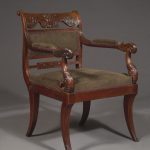
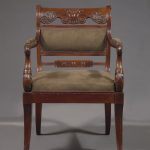
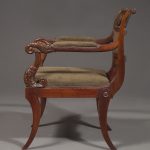


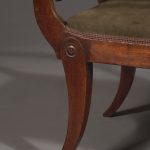
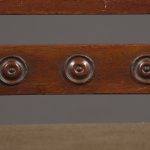
Comments are closed.